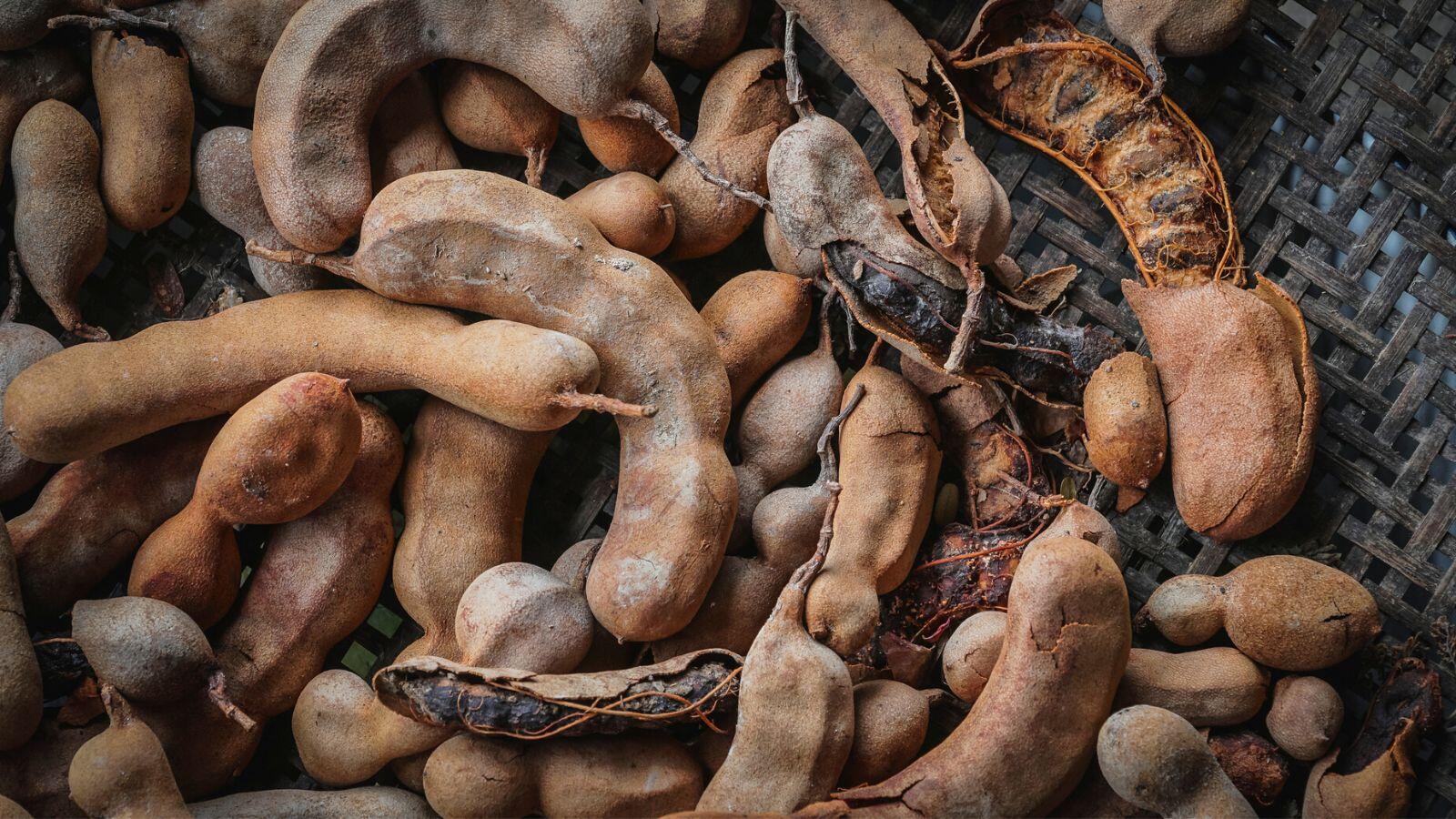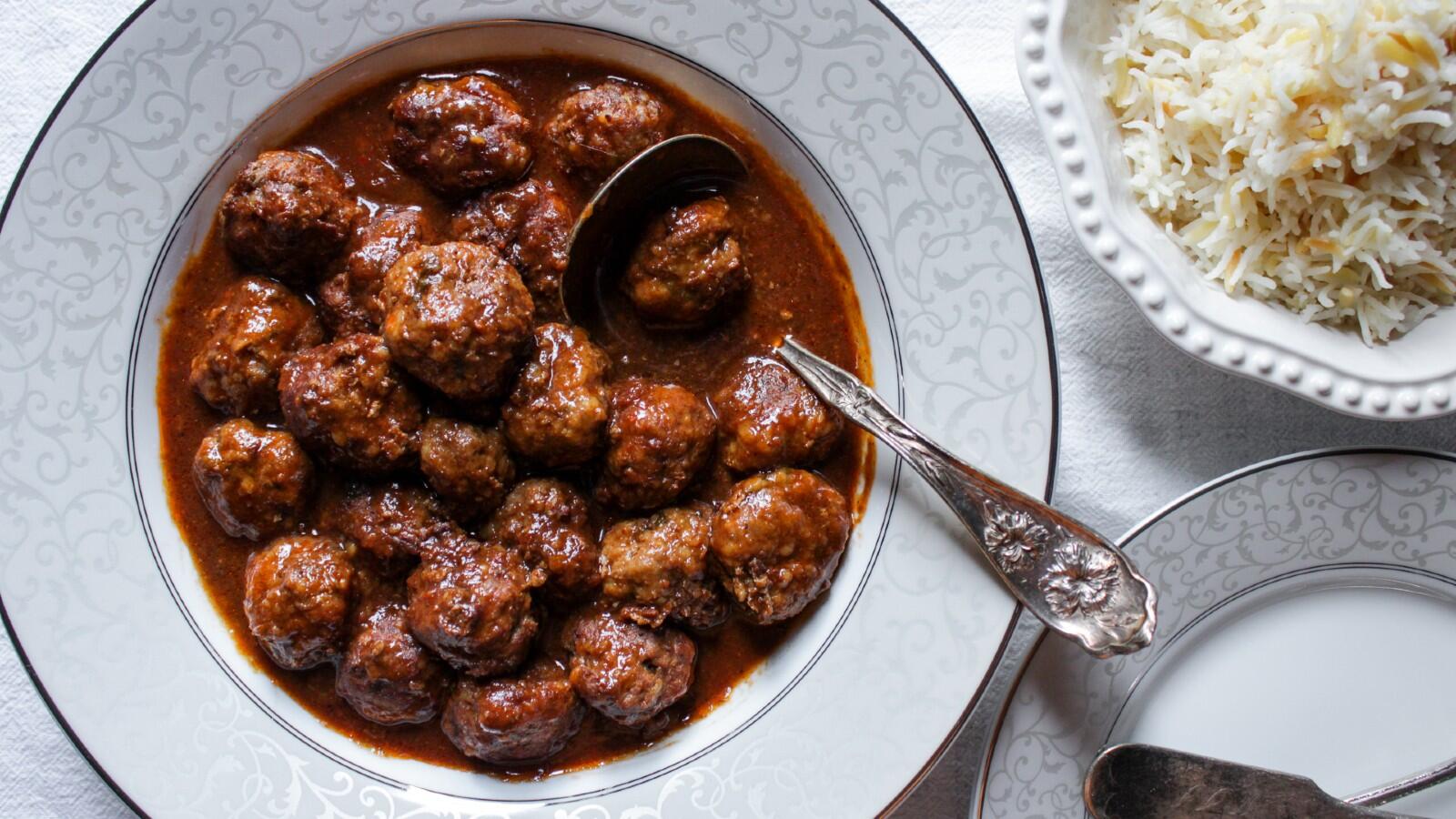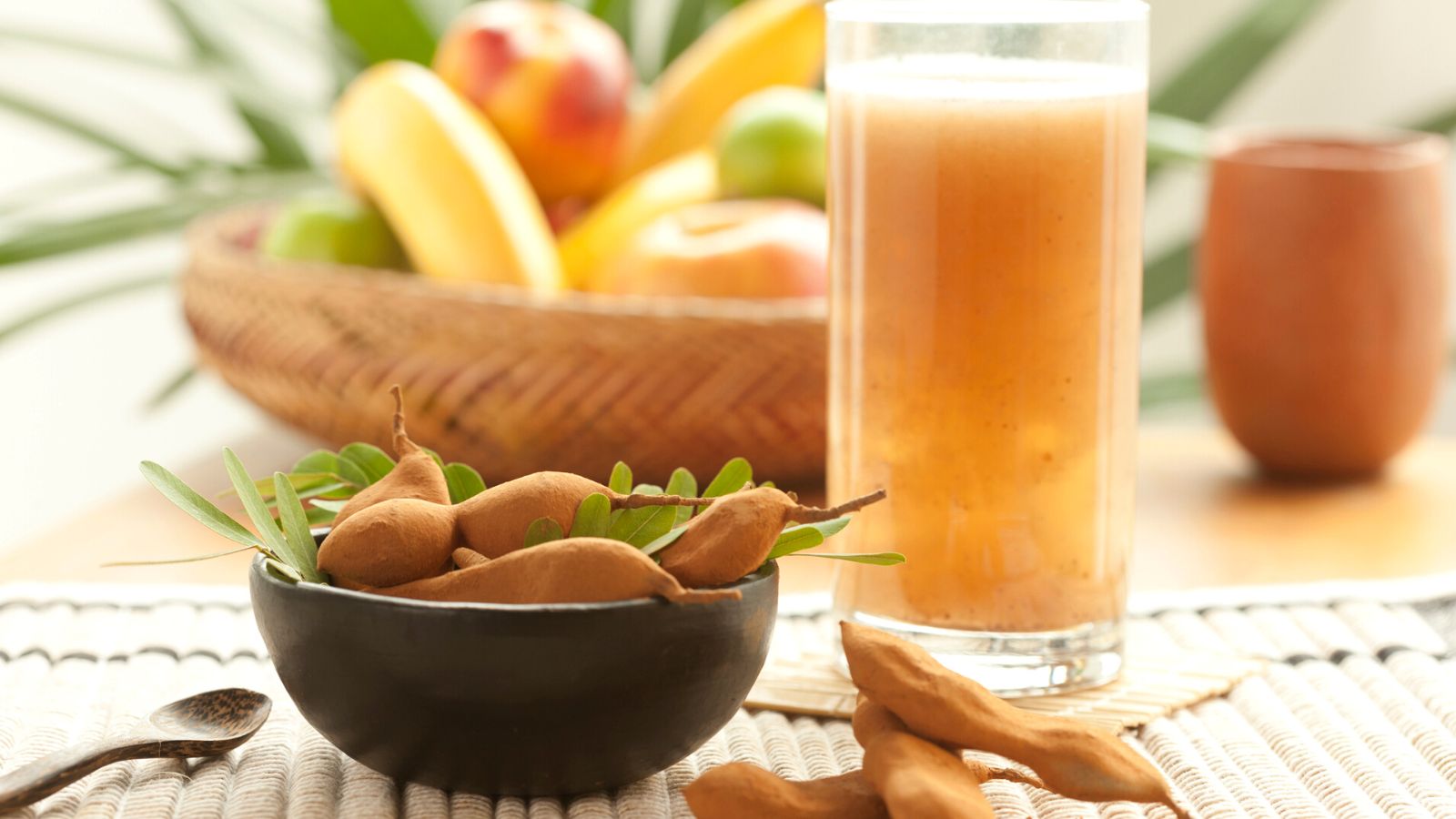Tamarind is a staple ingredient in the global Jewish pantry, with an extensive history. It was adopted by Middle Eastern Jewish communities in the seventh century after being introduced by Jewish merchants via the Silk Road, which connected Southeast Asia and India to Aleppo, Syria, via Persia. Consequently, it’s a crucial flavor in Syrian and Indian Jewish cooking, as well as Georgian and Iraqi Jewish cuisine, and the more contemporary Mexican Jewish kitchen.
For those unfamiliar with these culinary traditions and tamarind as an ingredient, it may be initially intimidating. But all Jews will understand its flavor profile: tangy. Its main use is the “sour” component in sweet and sour savory dishes; other communities are simply more accustomed to using different ingredients, like lemon or pomegranate, to achieve this, instead. Or, in the case of this Georgian chicken dish, which calls for pomegranate and tamarind –– a combination. How Jewish communities traditionally sourced their tang was determined by logistics, specifically the availability of ingredients and wider culinary influences.
Tamarind, which grows in a brown pod on a tree, is usually prepared into a paste, syrup or concentrate before use. Syrians call this syrup “ou” or “ouc” (which is pronounced oot). Making it from scratch is a lengthy process, so it’s usually made in bulk, often up to a year’s worth at a time. The tamarind fruit pulp is shelled and soaked in water for several hours or overnight, after which it’s strained (this process can be repeated several times). The liquid is then boiled down with sugar, lemon juice and sometimes salt, until treacly, thick and nearly black in color.

These days, it’s easy to find prepared tamarind, though ou purists might disapprove. For the time-poor, look for prepared tamarind in kosher supermarkets’ Middle Eastern aisle, alongside tahini and amba; in the Thai or Indian aisle at your local supermarket (although, warns The Nosher contributor Sylvia Fallas, “The consistency is thinner than prepared tamarind and it doesn’t have added sugar or lemon… [so] add an additional 2 Tbsp of lemon juice and 2 Tbsp sugar”).
Ou is an essential ingredient in many savory Syrian dishes, such as yebra (meat-stuffed grape leaves in apricot and tamarind sauce), bazargan (bulgur wheat salad), keftes (meatballs –– like these sweet and tangy meatballs “served at almost every holiday table” at Crystal Rivera’s Syrian in-laws’ house), and laham b’ajeen (AKA lahmacun, a meat-topped flatbread).

The Syrian Jewish community in Mexico are more disposed to combine traditional dishes with local culinary accents and influences than Syrian communities in the States. Tamarind is an obvious common denominator, and Mexican Jewish chef and author Pati Jinich’s recipe for chicken with tamarind, apricots and chipotle sauce is the perfect example.
In India, tamarind is a staple ingredient in both the wider cuisine (think street food like samosas and pani puri served with tamarind chutney or water) and the wide-ranging Jewish kitchen. Tamarind features in Jewish dishes including (but far from limited to) the Bene Ephraim community’s tamarind rice; the Bene Israel community’s lamb with red chillies and tamarind; and bamia khutta (okra in a spicy tamarind sauce) and mahmoora (chicken in a spicy tamarind sauce with raisins and almonds), beloved by Baghdadi and Cochin Jews living in present-day Kerala.
Clearly, there’s no shortage of tamarind inspiration in global Jewish cuisine. But the lip-smacking tang of this multilayered fruit is too full of life to be locked in tradition; so allow yourself to explore and experiment. For example. many young Jewish Israelis came to appreciate tamarind via a limited-edition juice! Prigat, a commercial juice company in Israel, released four-and-a-half-liter packages of tamarind juice targeted at the Arab sector around Ramadan each year, a take on the traditional fresh tamarind juices sold by Jerusalem’s Old City merchants. With numerous food publications and industry leaders predicting that 2023 will be the year of tamarind, let’s hope this flavor bomb of an ingredient finally begins to get the wider recognition it deserves.





